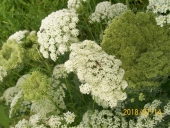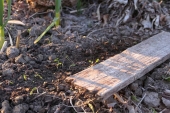









List of Bryant RedHawk's Epic Soil Series Threads We love visitors, that's why we live in a secluded cabin deep in the woods. "Buzzard's Roost (Asnikiye Heca) Farm." Promoting permaculture to save our planet.

 15
15




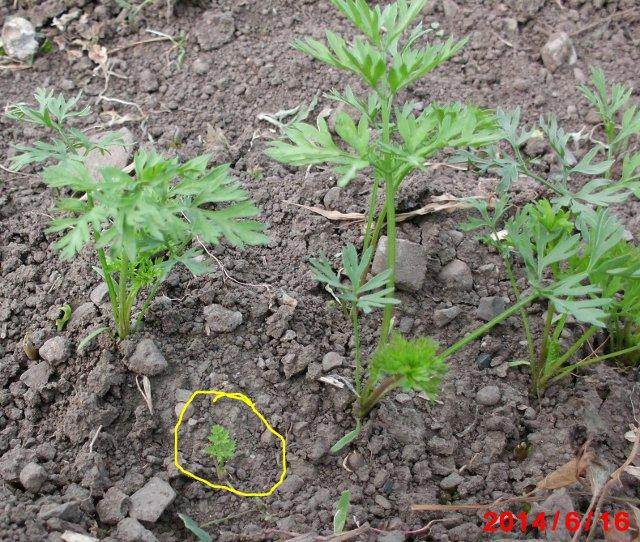
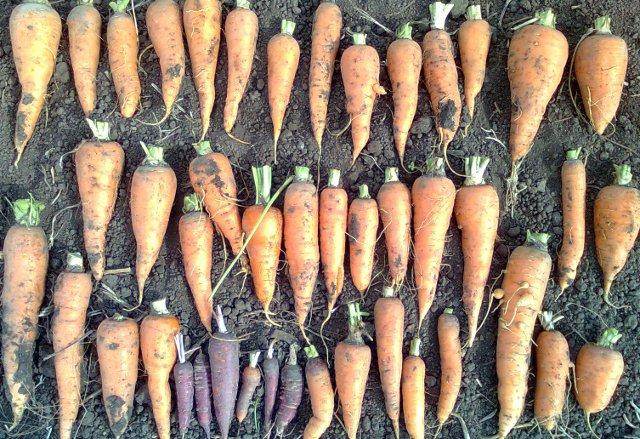
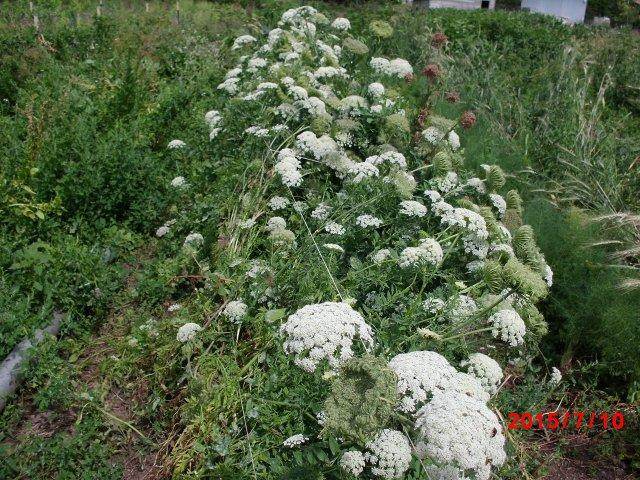
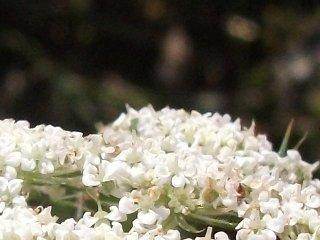






 6
6




Kate Muller wrote:Can you tell me more about root pits?
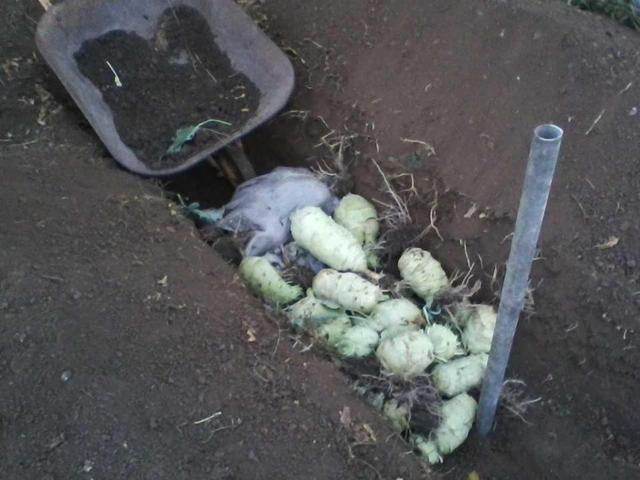
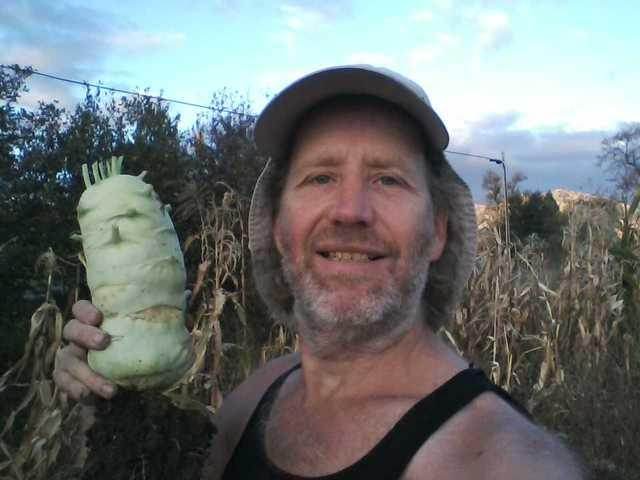





"Never doubt that a small group of thoughtful, committed citizens can change the world; indeed, it's the only thing that ever has."-Margaret Mead "The only thing worse than being blind, is having sight but no vision."-Helen Keller

 1
1






















Yes, I understand the existing technology of pit storage for root crops. Something I am considering, if I can't get to building the cellar this upcoming growing season.my family has stored food in this type of root-pit: potatoes, carrots, and beets.
ha ha. not out of order, just stacking functions and utilizing an existing technology to a new end.It is me that is out of order by using a root-pit to store vegetables for seed production..

"Never doubt that a small group of thoughtful, committed citizens can change the world; indeed, it's the only thing that ever has."-Margaret Mead "The only thing worse than being blind, is having sight but no vision."-Helen Keller

 1
1




Miles Flansburg wrote:Joseph, can you make the point about crossing with queen anne's lace a little clearer for me? What happens to the carrots or the seeds in that situation? Thanks !

 2
2




Roberto pokachinni wrote:do you, personally, also store veggies for consumption in this way, or are you just utilizing this technique for storing biennials for seed production? I'm wondering specifically of bok choy and chard. Do you store any fall crops of these for consumption, or is it just for seed? I've just never heard of these being stored for consumption in this way. It seems that what you said, you just use this method for seed production, but I just wanted to clarify. Sorry if this is redundant.















"Never doubt that a small group of thoughtful, committed citizens can change the world; indeed, it's the only thing that ever has."-Margaret Mead "The only thing worse than being blind, is having sight but no vision."-Helen Keller














that helps to anchor the plant in the soil better and minimize the wind blowing the roots out of the ground.
Trellis the plants in some way to keep the wind from blowing them out of the ground.
"Never doubt that a small group of thoughtful, committed citizens can change the world; indeed, it's the only thing that ever has."-Margaret Mead "The only thing worse than being blind, is having sight but no vision."-Helen Keller














"Never doubt that a small group of thoughtful, committed citizens can change the world; indeed, it's the only thing that ever has."-Margaret Mead "The only thing worse than being blind, is having sight but no vision."-Helen Keller

 4
4














 3
3




Carrots are insect pollinated: The flowers are highly attractive to bees, wasps, ants, flies, beetles, etc. For photos of some of them from my garden last summer check out: https://permies.com/forums/posts/list/40/47686 Carrots are definitely worth growing for the sake of the feeding the bugs.
"Never doubt that a small group of thoughtful, committed citizens can change the world; indeed, it's the only thing that ever has."-Margaret Mead "The only thing worse than being blind, is having sight but no vision."-Helen Keller
 2
2




“The most important decision we make is whether we believe we live in a friendly or hostile universe.”― Albert Einstein
 1
1





"It might have been fun to like, scoop up a little bit of that moose poop that we saw yesterday and... and uh, put that in.... just.... just so we know." - Paul W.




My Karma Gardening Podcast: http://56840.buzzsprout.com/














You can either pot up the plant, and bring it to your roothouse for the season, or you can dig the plant up whole with the roots, everything bare, and hang it in your roothouse. Either way, replant in the spring outdoors for seed.What is a good way to get biennial seed from brassicas that don't have a typical storage organ (root, hypocotyl, etc.)?
Yes. In many places you find the common volunteer Queen Anne's Lace 'weed', this is the feral stray carrot seed that has gone multigenerationally back to it's wilder form.Does anyone know if carrots will self-sow if you just leave the flowers in place and let them die off at their own pace? It seems to me that they would.
"Never doubt that a small group of thoughtful, committed citizens can change the world; indeed, it's the only thing that ever has."-Margaret Mead "The only thing worse than being blind, is having sight but no vision."-Helen Keller

 1
1




John Weiland wrote:What is a good way to get biennial seed from brassicas that don't have a typical storage organ (root, hypocotyl, etc.)? [...] So for seed production, can one just harvest the kale plant roots in late fall and root cellar them for the next year for bolting and seed production?

 1
1




Wendy Fisher wrote:Does anyone know if carrots will self-sow if you just leave the flowers in place and let them die off at their own pace? It seems to me that they would.










 1
1




I have a friend with a homestead between Terrace, and Hazelton B.C., where he grows a garden but also has a survival garden in the feral pasture next to it. In the survival garden are edible weeds and self seeding domestic plants, including Turnips, and J-Chokes, both foods that he does not particularly enjoy the flavor of but he has been propagating the area with minimal maintenance just in case he needs to have it.My best volunteer crop though are the turnips. I grew a crop of turnip seed in 2010, and they have been self-seeding ever since. The roots are winter-hardy now, even when sitting on the surface of the soil.
"Never doubt that a small group of thoughtful, committed citizens can change the world; indeed, it's the only thing that ever has."-Margaret Mead "The only thing worse than being blind, is having sight but no vision."-Helen Keller
 1
1




“The most important decision we make is whether we believe we live in a friendly or hostile universe.”― Albert Einstein

|
If you're gonna buy things, buy this thing and I get a fat kickback:
The new gardening playing cards kickstarter is now live!
https://www.kickstarter.com/projects/paulwheaton/garden-cards
|
